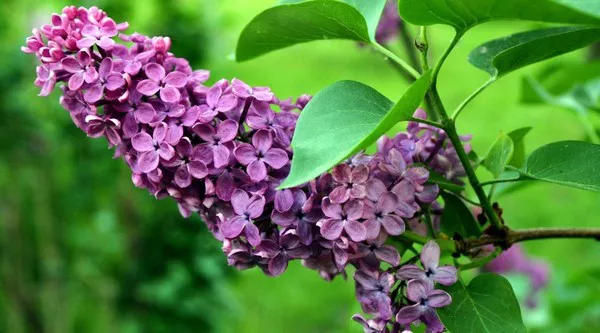Hibiscus flowers are renowned for their vibrant colors and striking beauty. However, these flowers often require manual pollination to ensure successful fertilization and the production of seeds. Whether you’re a gardening enthusiast or a hibiscus enthusiast looking to propagate your plants, understanding the process of pollinating hibiscus flowers is essential. In this article, we will provide a step-by-step guide on how to pollinate hibiscus flowers effectively and discuss closely related topics such as the importance of pollination, identifying male and female flowers, and the tools and techniques for successful pollination.
The Importance of Pollination
Pollination is a vital process in the life cycle of flowering plants. It involves the transfer of pollen from the male reproductive organs (stamen) to the female reproductive organs (pistil) of a flower. Pollination leads to fertilization, resulting in the development of seeds and the production of new plants. In the case of hibiscus flowers, proper pollination is crucial for obtaining viable seeds and ensuring genetic diversity in future generations of plants.
Identifying Male and Female Flowers
Before proceeding with pollination, it’s essential to distinguish between male and female hibiscus flowers. Male flowers possess a stamen that produces pollen, while female flowers feature a pistil, which contains the stigma, style, and ovary. In most hibiscus varieties, the male flowers are smaller and appear in greater numbers than the female flowers. Observing the flower structure closely will help you identify the appropriate flowers for pollination.
Step-by-Step Guide to Pollinating Hibiscus Flowers
To successfully pollinate hibiscus flowers, follow these steps:
1. Select the Right Time
Choose a time to pollinate when the hibiscus flowers are fully open and receptive to pollination. Early morning is generally the best time, as the flowers tend to be fresh and dew-free.
2. Identify the Male Flowers
Locate the male flowers that have fully opened and are producing pollen. These flowers will have visible stamens with yellow or brown pollen-filled anthers.
3. Prepare the Pollination Tools
Use a small, clean artist’s paintbrush or a cotton swab as your pollination tool. Make sure it is free from any chemicals or contaminants that may affect the pollination process.
4. Collect Pollen
Gently brush the stamens of the male flowers with the paintbrush or cotton swab to collect the pollen. Take care not to damage the stamens or dislodge excessive pollen.
5. Locate the Female Flowers
Identify the female flowers with a well-developed pistil, including the sticky stigma at the top. These flowers are ready for pollination.
6. Transfer Pollen
Carefully transfer the collected pollen to the stigma of the female flower. Gently brush the stigma with the paintbrush or cotton swab, ensuring thorough coverage with the pollen.
7. Repeat the Process
Repeat the pollination process with multiple female flowers, using fresh pollen for each flower. This increases the chances of successful fertilization and seed production.
8. Protect Pollinated Flowers
To prevent accidental cross-pollination or interference from natural pollinators, consider covering the pollinated flowers with a fine mesh or paper bag. This ensures that only the desired pollen is used for fertilization.
9. Observe and Care for Pollinated Flowers
After pollination, monitor the pollinated flowers closely. Provide appropriate care, including regular watering, adequate sunlight, and protection from extreme weather conditions. This will support the development of seeds within the flowers.
Conclusion
Successfully pollinating hibiscus flowers is a rewarding experience for both gardening enthusiasts and hibiscus aficionados. By following the step-by-step guide provided in this article, you can increase your chances of successful pollination and the subsequent production of viable seeds. Remember to select the right time, identify male and female flowers accurately, and use appropriate tools and techniques for transferring pollen. With patience and care, you can contribute to the propagation and preservation of these beautiful flowering plants in your garden or collection.


